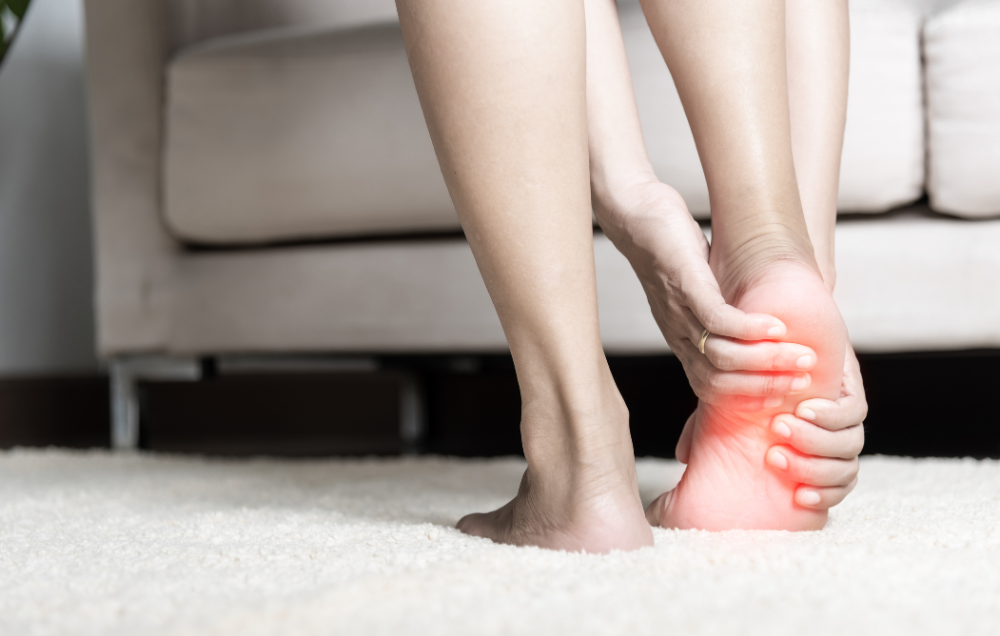Contents
Tendinosis and tendinitis are both conditions that affect the tendons of the body. While they both affect the tendons, they are two distinctly different conditions. It is important to receive a proper diagnosis of the condition that is causing your issues. Treatment varies based on the diagnosis of the condition.
Symptoms of tendinosis and tendinitis
Tendinosis can affect various tendons in your body. The symptoms can share some of the same characteristics regardless of the affected tendon location. These symptoms may include:
- Pain.
- Stiffness.
- Tenderness.
- Reduced range of motion.
- Weakness.
Tendinitis can also affect tendons around the body. However, the symptoms of tendinitis may vary depending on the location of the affected tendon. Common tendinitis symptoms may include:
- Pain.
- Swelling.
- Stiffness.
- Weakness.
- Tenderness.
- Creaking or cracking sensation.
- Pain during rest.
Differences between tendinosis and tendinitis
Both conditions concern the tendons of the body. However, they have distinct characteristics that differentiate them. They both also require different treatment approaches.
Tendinosis is a degenerative condition. It is caused by microtears, collagen disorganization and cell damage in the tendon. Inflammation is not a common feature of this condition. It typically develops over time due to overuse or age-related changes. The pain caused by tendinosis is typically chronic, dull, and may occur even when you are resting. Tendinosis is diagnosed by imaging. The images can show the changes of tendon structure, allowing for proper diagnosis. Treatments may include rest, physical therapy and/or lifestyle changes.
Tendinitis is inflammation of the tendon caused by an immune response triggered to help with healing. It is a sudden condition that is often a result of trauma, overexertion, or a sudden and rapid increase in activity. Pain caused by tendinitis is often sharp, intense, and accompanied by noticeable swelling and redness. Pain usually intensifies with movement. Tendinitis is diagnosed by imaging. Imaging will reveal signs of inflammation like fluid accumulation around the affected tendon. Treatments for tendinitis may include rest or anti-inflammatory medication (and, in severe cases, corticosteroid injections).
Treatment options for tendinosis
Managing tendinosis is a multifaceted approach. Treatments need to address the pain you’re experiencing, promote the healing of the affected tendon and help restore your normal function. Common treatments for tendinosis may include:
- Rest — It is important to allow the tendon time to heal and prevent further damage. By resting and reducing or modifying your activities, you can give your body the time it needs to heal effectively.
- Physical therapy — Physical therapy can be a very beneficial treatment choice in the recovery of tendinosis. A physical therapist can help you address any underlying issues that may be contributing to your condition as well as help alleviate pain, strengthen the affected tendon and improve joint function.
- Pain management — Over-the-counter pain relievers may be helpful in helping you to manage pain and inflammation caused by tendinosis. In severe cases, your medical provider may prescribe prescription medications to help manage your pain.
- Orthotics — If the tendinosis you’re experiencing is affecting your foot or ankle, custom orthotics or supportive footwear can help to distribute the pressure and reduce strain on the affected tendon.
Physical therapy treatments that can help tendinosis
Physical therapy can be an effective method for helping to treat and manage tendinosis. It is intended to promote tendon healing, reduce pain and help restore your normal function. These treatments may include:
- Therapeutic exercises — Therapeutic exercises can be beneficial in helping to strengthen the affected tendon. They can also boost the support and stability that your tendons provide you as well as help improve your flexibility and tension on the tendon.
- Manual therapy — Manual therapy techniques like myofascial release can be helpful treatments. Myofascial release can help reduce muscle tension, improve circulation and promote tissue healing.
- Therapeutic ultrasound — Therapeutic ultrasound can be an effective treatment to help improve circulation and provide heat to the affected tendon area. This treatment can potentially aid in providing you with pain relief and boost healing.
- Iontophoresis — Iontophoresis is a treatment method that delivers anti-inflammatory medication by a mild electric current through the skin to the affected tendon.
Lattimore Physical Therapy can treat your condition, whether it’s tendinosis or tendinitis
Physical therapy plays a crucial role in the treatment for tendinosis and tendinitis. While they both affect the tendons, they are distinctly different conditions and require different treatment approaches. Our Lattimore team of clinical expert physical therapists can help diagnose your symptoms and then design a customized treatment plan specific to your needs, concerns and goals. We can help improve your quality of life by helping to relieve your pain, strengthen your tendons and restore your normal functioning.
Contact our team today for more information or to schedule an initial appointment.



